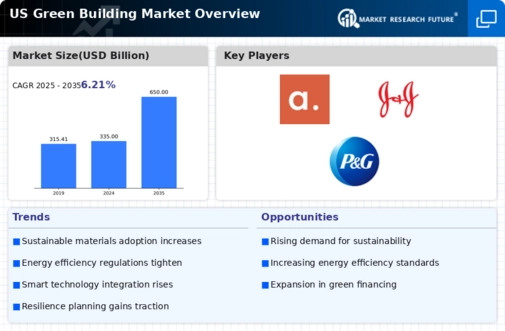Corporate Sustainability Initiatives
Many corporations are increasingly adopting sustainability initiatives, which significantly influence the green building market. Companies recognize that sustainable practices can enhance their brand image and reduce operational costs. As a result, a growing number of businesses are committing to green building standards for their facilities. Reports indicate that over 50% of Fortune 500 companies have set sustainability goals, which often include constructing or retrofitting buildings to meet green standards. This corporate shift towards sustainability not only drives demand for green building practices but also fosters a competitive market environment where sustainable construction becomes a priority.
Financial Incentives for Green Investments
Financial incentives are crucial in propelling the green building market forward. Various funding programs and grants are available to support the construction of energy-efficient buildings. For instance, the Property Assessed Clean Energy (PACE) program allows property owners to finance energy efficiency upgrades through property tax assessments. Additionally, green bonds have emerged as a popular financing tool, with issuances reaching over $200 billion in 2025. These financial mechanisms lower the barriers to entry for developers and investors, making it more feasible to pursue green building projects. Consequently, the availability of financial incentives is likely to stimulate further growth in the green building market.
Technological Advancements in Building Design
Innovations in building design and construction technologies are playing a pivotal role in the evolution of the green building market. Advanced software tools and building information modeling (BIM) enable architects and engineers to create more efficient designs that minimize resource consumption. Moreover, the integration of renewable energy systems, such as solar panels and energy storage solutions, is increasingly common. As of 2025, it is estimated that nearly 30% of new commercial buildings incorporate some form of renewable energy technology. These advancements not only enhance the sustainability of buildings but also contribute to the overall growth of the green building market.
Growing Consumer Demand for Eco-Friendly Spaces
There is a noticeable shift in consumer preferences towards eco-friendly living and working environments, which significantly impacts the green building market. Surveys indicate that approximately 75% of homebuyers express a preference for energy-efficient homes, suggesting a strong market demand for sustainable features. This trend is further fueled by increased awareness of environmental issues and the benefits of green buildings, such as lower utility costs and improved indoor air quality. As consumers prioritize sustainability, developers are increasingly incorporating green building practices into their projects to meet this demand, thereby driving growth in the market.
Regulatory Support for Sustainable Construction
The green building market benefits from a robust framework of regulations and incentives aimed at promoting sustainable construction practices. Federal and state governments have implemented various policies that encourage energy efficiency, waste reduction, and the use of sustainable materials. For instance, the Energy Policy Act provides tax incentives for energy-efficient buildings, which can lead to substantial savings for developers. Additionally, the U.S. Green Building Council's LEED certification program has gained traction, with over 100,000 projects certified as of 2025. This regulatory support not only drives the adoption of green building practices but also enhances the market's credibility, attracting more stakeholders to invest in sustainable construction.














Leave a Comment